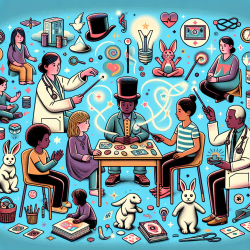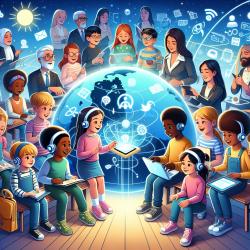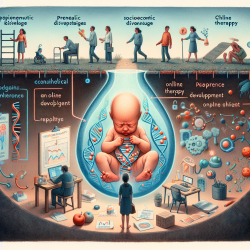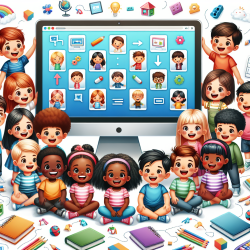Introduction
In the realm of medical education, innovative approaches are continually sought to enhance the learning experiences of preclinical students. The MagicAid Program, as detailed in the research article "An Innovative Program Using Magic to Provide Early Clinical Experiences for Preclinical Medical Students: Goals, Experiences, and Results of the MagicAid Program," offers a unique perspective on integrating magic into medical training. This program not only enriches students' early clinical experiences but also holds potential applications for practitioners in pediatric therapy.
The MagicAid Program: An Overview
The MagicAid Program was initiated at Stony Brook University's Renaissance School of Medicine to provide medical students with early clinical exposure through magic therapy. This program involves students performing magic tricks for pediatric patients, thereby enhancing their communication skills, empathy, and understanding of patient care. From 2015 to 2020, 130 students participated, engaging 1,391 patients, with overwhelmingly positive feedback from both students and patients.
Key Outcomes and Benefits
- Improved Communication Skills: Students reported enhanced ability to communicate effectively with patients and healthcare teams.
- Empathy Development: The program fostered empathic qualities, allowing students to connect with patients on a more personal level.
- Positive Patient Impact: Patients experienced improved affect and engagement, contributing to their overall well-being.
- Psychological Health Benefits: Participation in the program was linked to reduced burnout and improved mental health among students.
Implications for Pediatric Therapy
The success of the MagicAid Program highlights the potential for incorporating similar approaches in pediatric therapy. By integrating magic into therapy sessions, practitioners can create a more engaging and supportive environment for children. This approach can help alleviate anxiety, enhance communication, and foster a positive therapeutic relationship.
Encouraging Further Research and Implementation
Practitioners interested in improving their skills and patient outcomes are encouraged to explore the integration of magic and similar creative interventions in their practice. Further research could investigate the long-term effects of such interventions on pediatric patients' psychological and emotional well-being.
Conclusion
The MagicAid Program serves as a testament to the power of innovative educational approaches in medical training. By fostering empathy, communication, and patient engagement, this program offers valuable insights for practitioners seeking to enhance pediatric therapy. For those interested in exploring the full details of this research, the original paper can be accessed here: An Innovative Program Using Magic to Provide Early Clinical Experiences for Preclinical Medical Students: Goals, Experiences, and Results of the MagicAid Program.










